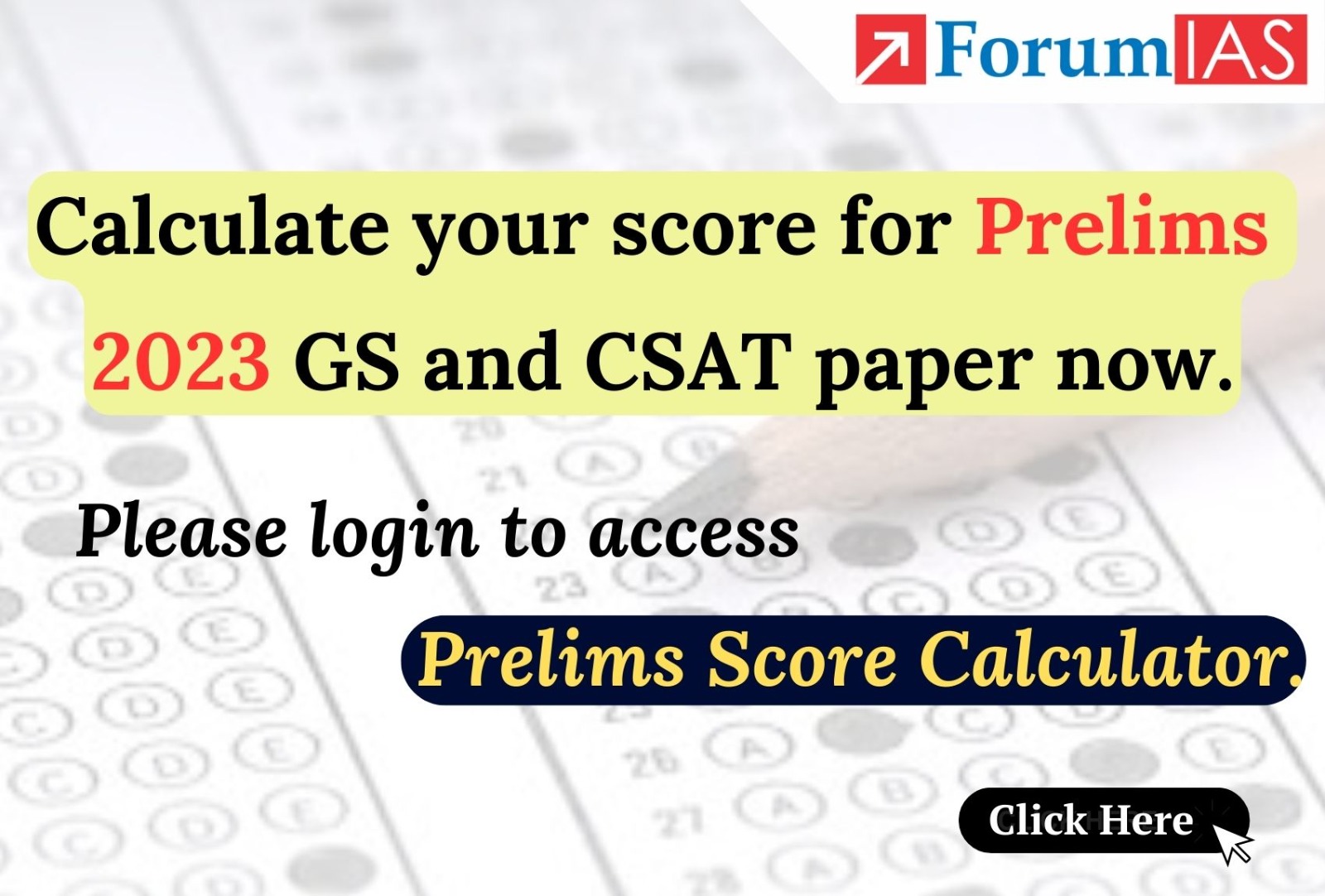@John_TitorI agree that the assumption that 1000 people take each optional is wrong. Any distribution can be approximated as normal distribution if we have atleast 30 data points. That's a well established principle in statistics. The more data points we have, the better normal approximation we get. What I don't understand is, how they'll apply the principle to subjects that see less than 30 people? This would do terrible injustice to optionals with very low turnout.
Another objection I have is to compare performances across optionals. Sometimes some subjects are given extremely hard like 2015 geography or 2017 maths. People struggled hard to even understand some questions. In such a case how can the performance of top 5 percentile assumption be made?
@sat_009"It is fair to assume that the mental ability (and consequent performance) of candidates in all optional subjects are about the same at very score range. We can assume that top 5% of say History candidates are comparable in ability to the top 5% of say Geography candidates." This is what's written in the link pasted above. So, what they are saying is we'll try to do justice to all the optional subjects by comparing the performance of those how scored more than 95% of the candidates taking that paper.
Let us take two different scenarios. You want to judge how well 100 monkeys climb trees against how well 100 fish swim in water. Now, the method is to find out the time taken by the top 5 monkeys to climb tree and find out time taken by 5 fish to swim. Then you assume that these two should be equal. In order to make them equal, you adjust the scores in one set of data to match the other set keeping in mind that the top 5 should be roughly the same.
what i object in this method are,
- which data are you adjusting? is it the monkey group data or the fish group data? how do you decide which data to be taken as baseline from among 40 odd optionals?
- How can you say that the ability of fish to swim in water is comparable to the ability of monkey to climb a tree?
- Even after assuming you can compare their abilities, what about the difficulty of the task? how will you decide the height the monkey has to climb as against the fish swimming say 100m in water? similarly, how can you compare the performances of candidates in a very tough (say) math paper with the performance of an easy (say) pol.sci paper or vice versa.
- When the scores are being adjusted statistically, doesn't it offer discretion to UPSC to fix the scaling factors? Does it not take away the objectivity of the paper? A small difference in the scaling factor may change your optional score by as low as 1-2 marks if you're in the middle of the bell curve to about 10-15 marks or more if you fall on either extreme. this feels scary to me.
I generally don't post on forum these days, just follow it. But i thought i should share this. What i said is true to the best of my knowledge, if I made any mistake that may be because of my incomplete understanding. Feel free to enlighten.





